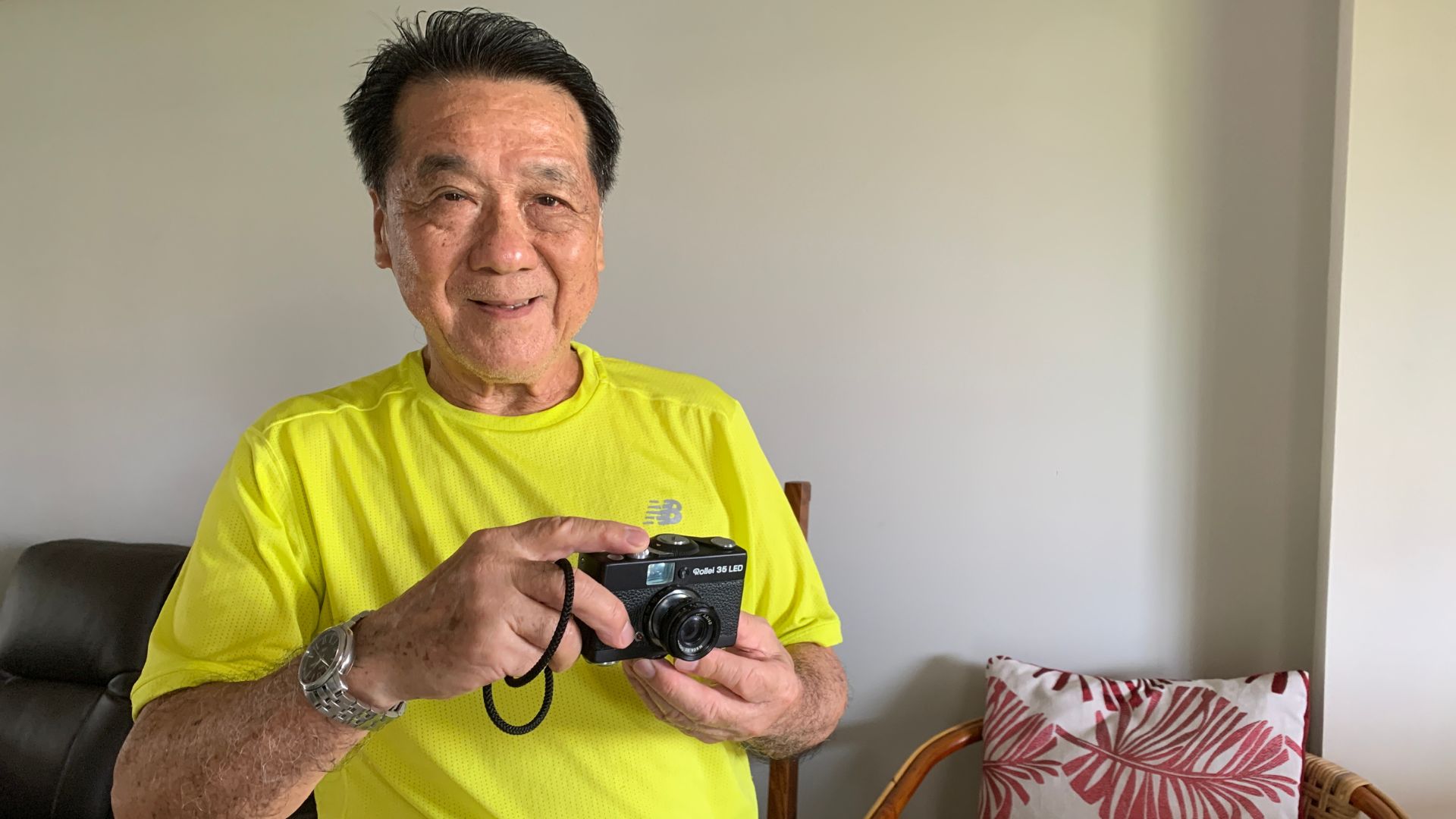Retiree Chong Nam Soy, 73, keeps a Rollei 35 LED camera and his factory coat safely in his bedroom, only taking them out to show TheHomeGround Asia team.
The Rollei 35 compact camera is the first made-in-Singapore German camera and Mr Chong, a trained specialist in building its shutter.
He was part of a team that trained in small and medium sized companies in Germany to help German company Rollei set up a vertically integrated factory, “producing everything from A to Z” to make the 35 LED camera here.
Mr Chong is one of the “ordinary Singaporeans” who responded to the call by the National Heritage Board (NHB) to contribute artefacts and stories from the 1950s to the 1970s to the Founders’ Memorial. This is in conjunction with an all-new travelling exhibition called “Share Your Story, Shape Our Memorial”.
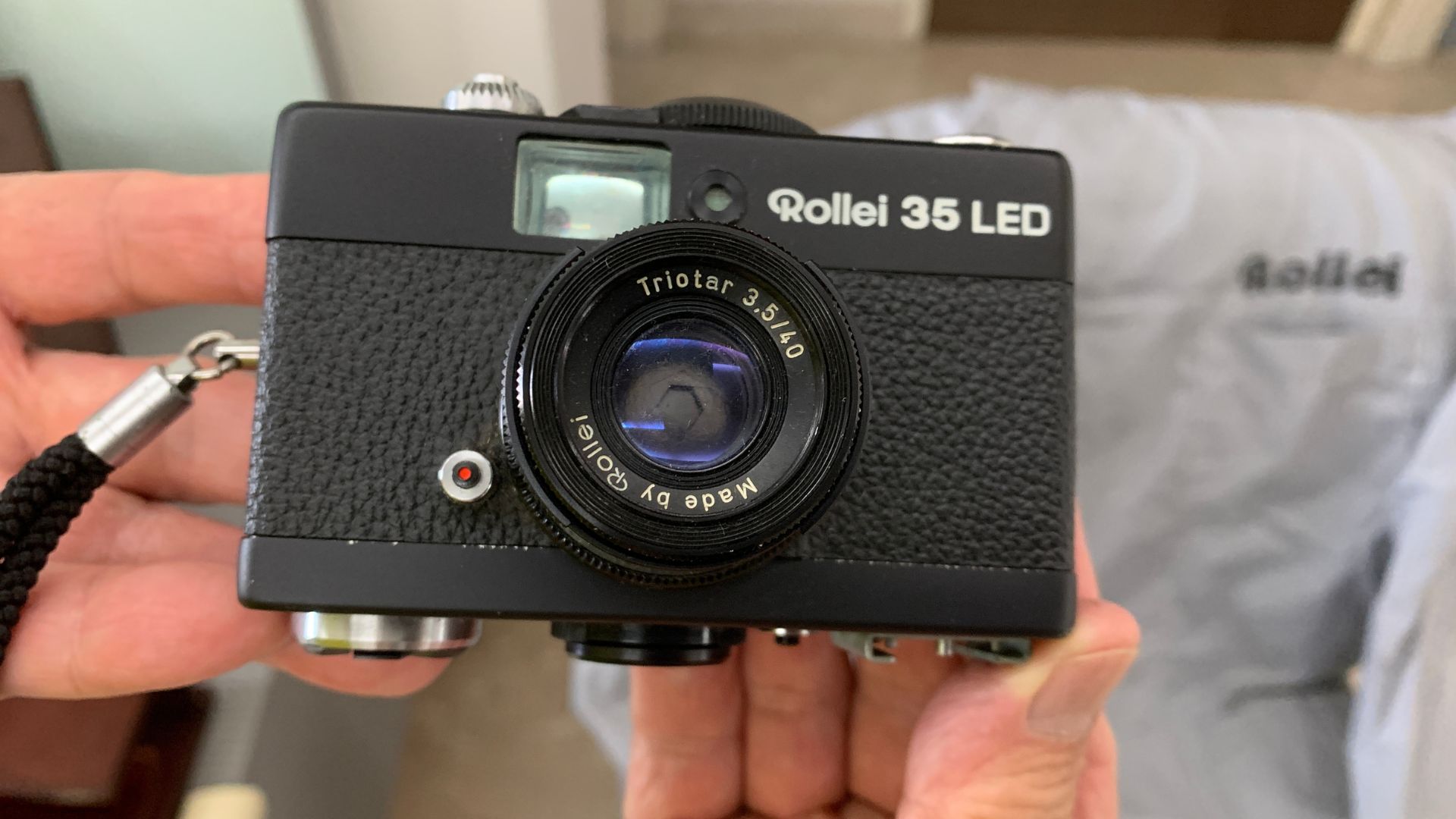
Since the Founders’ Memorial was started in 2015, Singaporeans have been engaged at various stages and on various aspects of its development, including its objectives, concept, location, design, and visitor experience.
Early this year, Singaporeans were again invited to play a part in the making of the Memorial by contributing their very own artefacts and stories from the 1950s to 1970s to the Memorial and Mr Chong donated one of two Rollei 35 LED cameras and factory coats to the National Museum for the cause.
“They also wanted to shoot a film to ask people to share their stories, so I took part. I think it’s a good idea to rouse (the) interest of the public by bringing back the memories of the 1950s, 1960s, 1970s, of how Singapore developed,” Mr Chong says, calling it “a noble cause”.
The pioneer lot trained to set up Rollei vertically integrated factory in Singapore
He was only 22 when Mr Chong left with nine others to spend seven months in Germany.
“I saw the advertisement, I responded by writing in. Not long (after), they called me for an interview. It was very fast and within a short period of one or two weeks, they asked me to get ready to go to Germany. So 10 of us did. We went on 15 December 1971,” he says.
“Fresh from school and free of charge” was how he described the privilege of travelling during the 1970s.
“And at that time, the plane was very small. We had to stop over at many places. We stopped at Bangkok, Bombay (Mumbai) and then at Doha. Then again at Athens before finally reaching Frankfurt. It was a total of almost 28 hours,” he says.
“The company sent a representative down and from Frankfurt we took a train to Braunschweig, where the headquarters of Rollei was situated. We had a big Christmas party before we were sent off to other parts of Germany,” Mr Chong recalls.
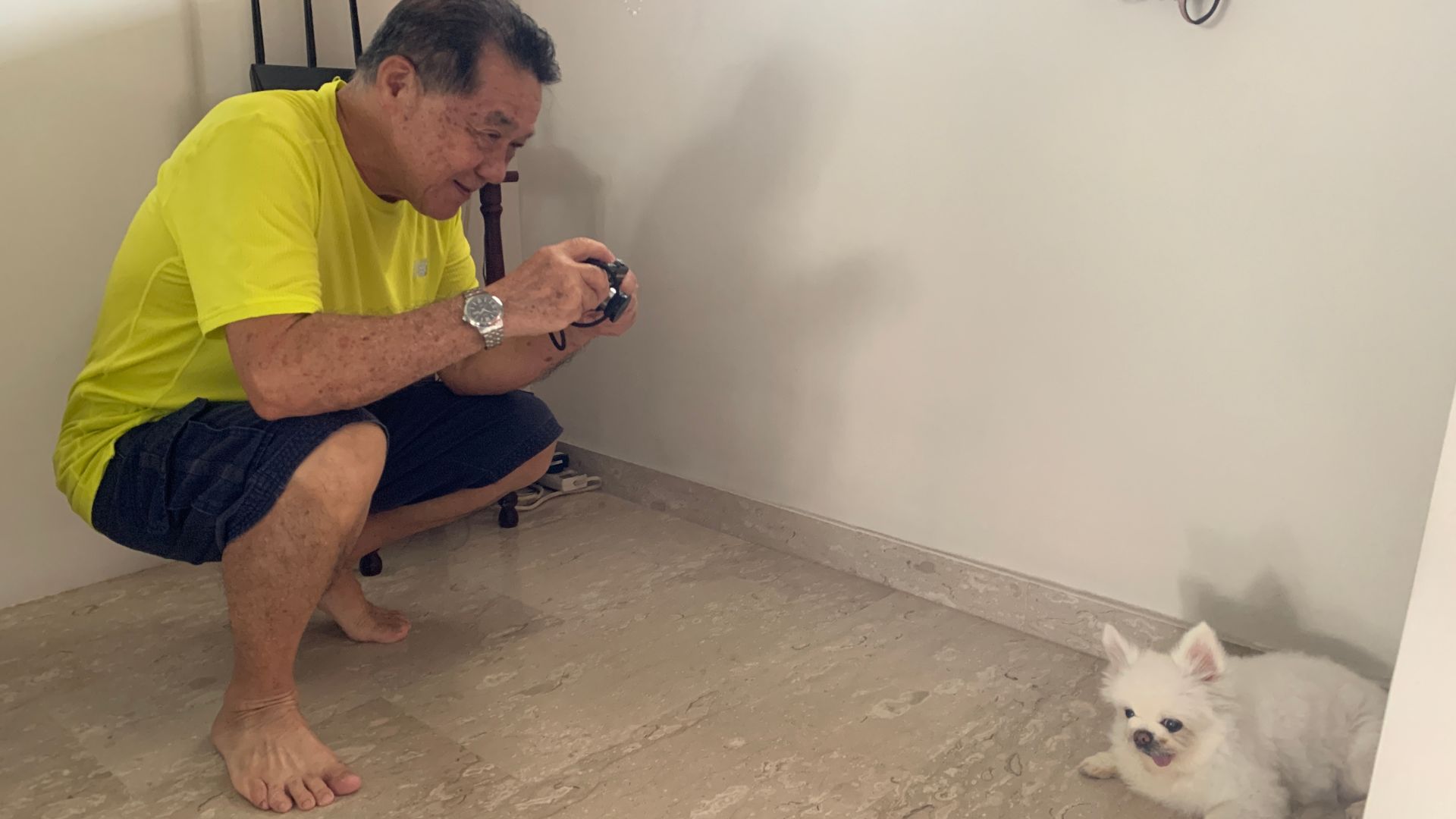
He says as a big company in Germany, Rollei farmed out a lot of sub-products to other small- and medium-sized companies. “So, when they recruited hundreds of us, we were sent to different companies for training. When we returned to Singapore, we would be competent enough to produce everything within one company,” he adds.
Rollei cameras were believed to be one of the best in the world and in 1971, then Economic Development Board (EDB) of Singapore persuaded the German company to set up a production factory here.
Rollei invested $149 million here over 10 years as part of its attempt to stay competitive against Japanese camera manufacturers and its cameras produced here were engraved with the words Made by Rollei Singapore. From the Singapore Government’s perspective, it was a move away from low-wage industries to higher-technology and value-added ones in the 1970s.
Becoming the “heart surgeon” of the compact camera
Slated to learn how to make the shutter of the camera, Mr Chong was sent to a small company situated near the Black Forest in southwest Germany.
“We were not trained in making the whole camera. We were only trained in producing one part of the camera and the 10 of us were trained in assembling the shutters. There were two different types of shutters for the 35 compact (camera),” he says.
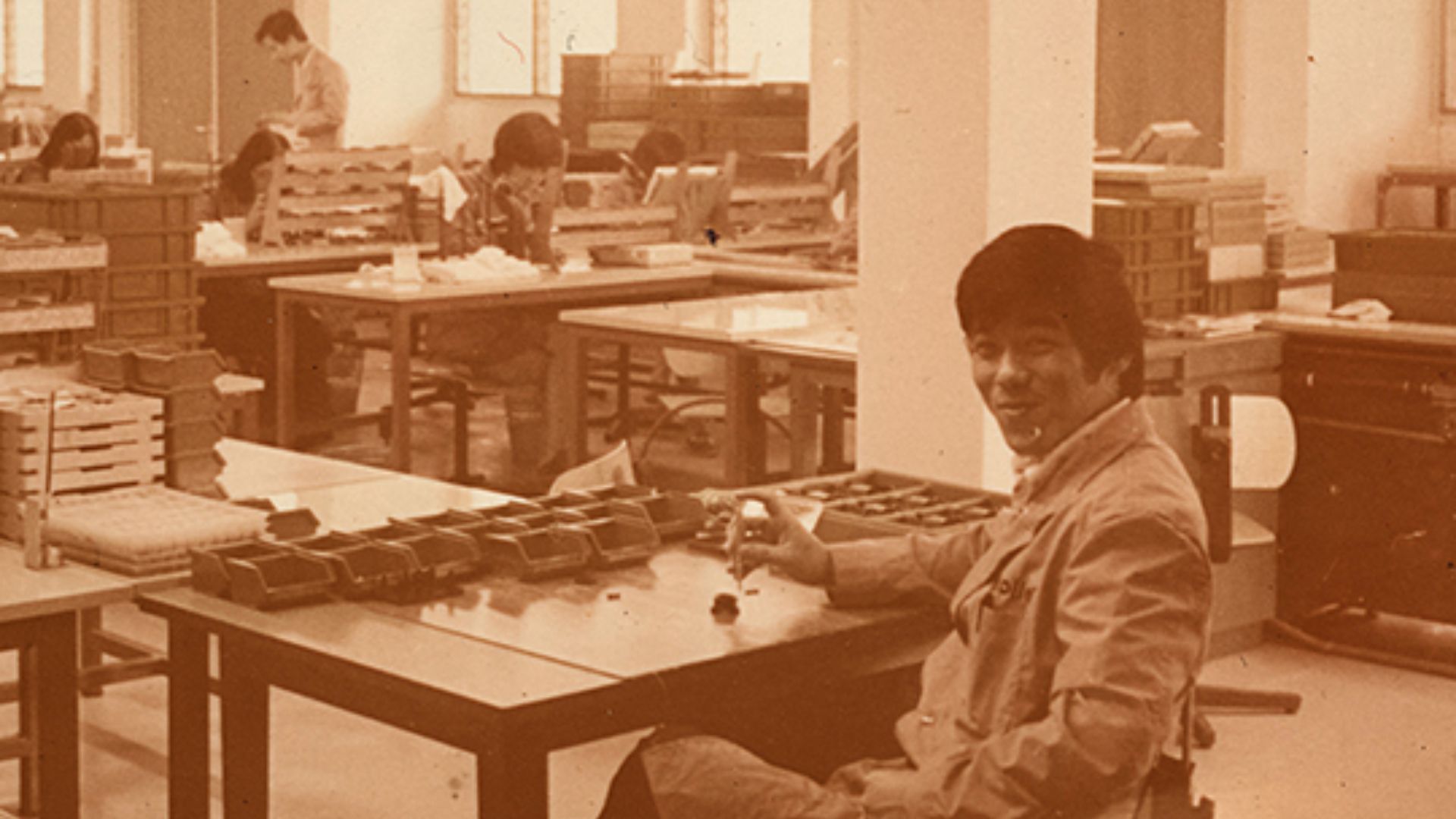
While the lenses are the eyes of the camera, Mr Chong says “the shutter is considered its heart”.
“Here is where we have the lens, the lens mouth and the shutter plate that controls the aperture opening and also the speed. The shutters in the cameras of those days comprise mechanical parts – springs, levers, pins,” he says, adding that the two Rollei 35 LED cameras, one of which he had given to the museum, are already 50 years old.
“I think you can still find mechanical cameras, but the manufacturers have added on the electronic gadgets and also the chips for storing the pictures. All the cameras today are with chips where you can keep the photographs,” Mr Chong says.
“With mechanical cameras, you need a lot of skill and experience. You have to do your own adjustments to fine tune the distance, the aperture opening, the time, the speed. Nowadays, the digital control cameras are all fine tuned already. You just point and shoot and you can just take a photo. That’s why I think professional photographers nowadays still prefer to use mechanical cameras,” he adds.
Recalling the “old days”, he says conventional cameras are very expensive to use because of the film.
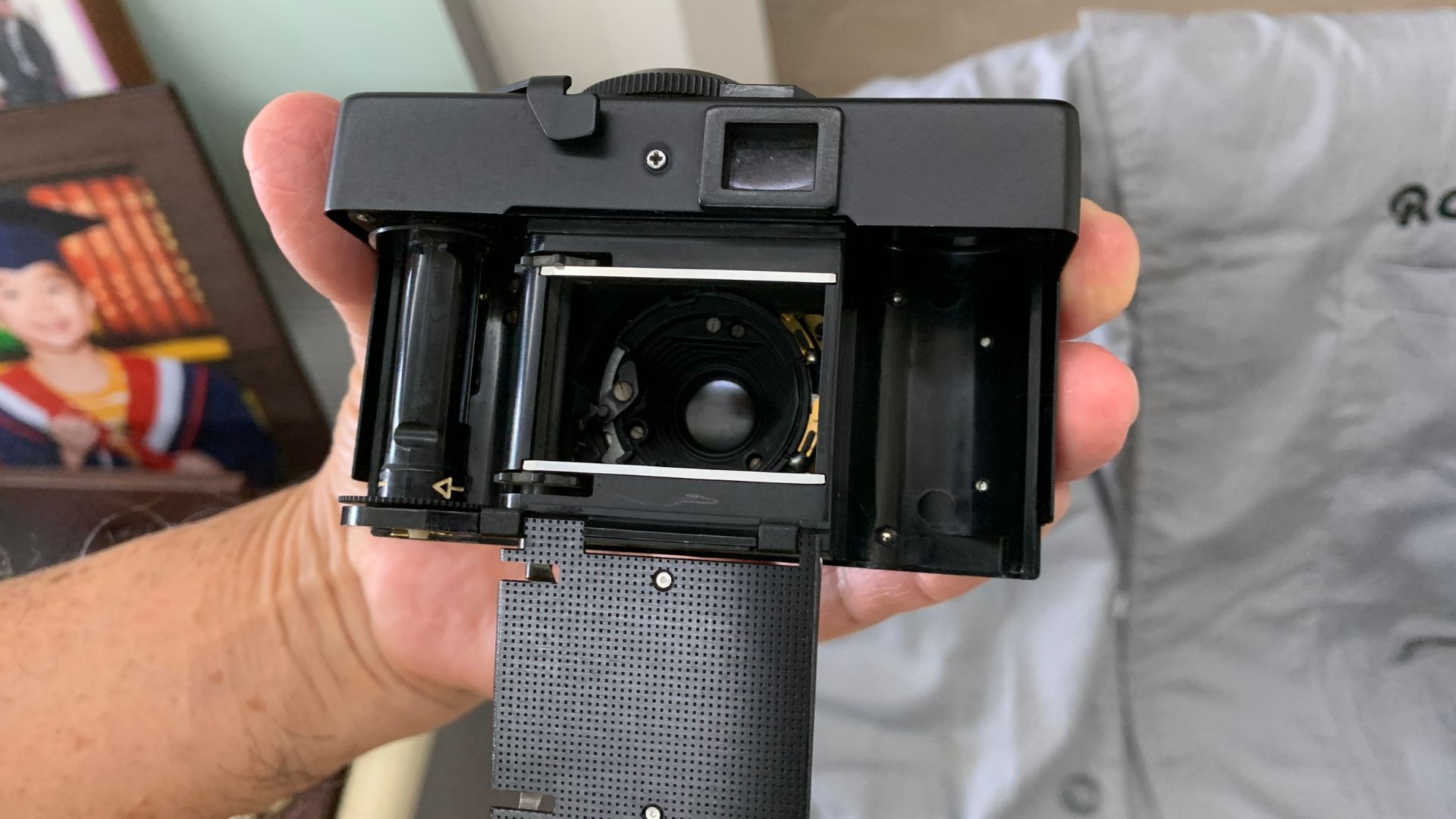
“I remember at that time when we took photographs, we usually bought the standard 36 shots films, and when you took the pictures, about 36, 37 in all, you needed to send to the studio for developing and it was very expensive. One postcard-sized photo, I think at that time, was about 60 cents,” he says.
He adds that the most expensive film then was Kodak at around $6 to $7, while the cheapest was Sakura at “slightly over $3”.
Unfortunately, Rollei’s parent company went bankrupt in 1981 and 4,000 workers were retrenched.
“Rollei had trained many precision engineers, precision machinists and technicians who could easily find jobs in other companies or industries,” Mr Chong says, adding that they have become a valuable base for the disk drive industry of the 1980s.
His one regret
When he left Rollei, Mr Chong was also given one of the projectors made at the factory.
“The projector was for slides and in the 1970s it was very popular to use slides when you want to show off your holiday photos to friends and relatives. These slides were also very expensive to develop,” he says.
Unfortunately, when he moved into his three-room flat in Bedok to be nearer his son, he had to leave a lot of things behind and one of which was the projector because it “was very bulky and there was no room in the flat”, he says.
“I just left it in the corridor of the old place, hoping that somebody would take it and use it. But I still feel sad and there is a tinge of regret still,” he adds.
RELATED: Padang named the 75th national monument on Singapore’s 57th National Day
Join the conversations on TheHomeGround Asia’s Facebook and Instagram, and get the latest updates via Telegram.

